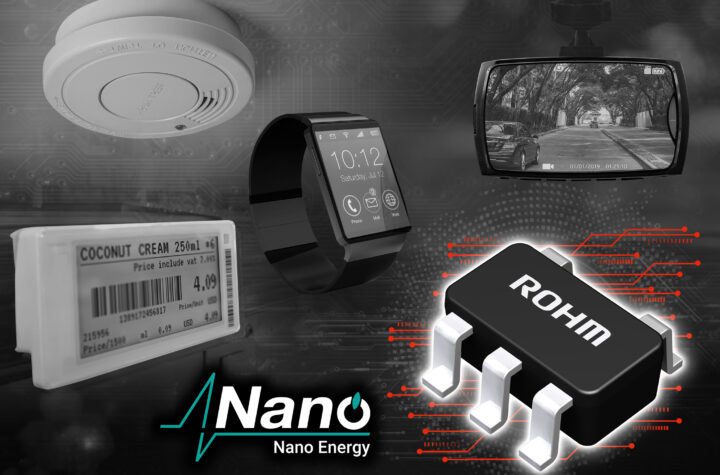The greening of the automotive manufacturing chain means that all aspects need to be considered – including the solvents used in bonding materials.
Solvent-free bonding has been developed by the 170-year old German adhesive specialist Lohmann. The company says its TwinMelt® technology allows for a combination of different materials, features and properties. New carrier materials, solvent-free acrylic and rubber systems can be combined for individual customer requirements in the automotive and other industries.
According to the company, TwinMelt® enables emission savings of up to 3,500 tons of CO2a year – equivalent to the CO2storage of 7,000 trees. Future oriented materials and adhesive systems as well as an energy efficient process control are the main factors within this optimized value chain, it says.
Automotive Industries (AI) asked Dr. Carsten Herzhoff, COO of Lohmann, what some of the relevant features are of the TwinMelt® technology.
Herzhoff: The multifunctional TwinMelt® technology allows us to coat double-sided adhesive tapes based on acrylic and rubber systems within a flexible and smart process. A highly efficient solvent-free coating process and a reduced carbon footprint are only two relevant features of this outstanding technology.
But there are a multitude of other benefits as well: Reduced energy consumption, high degrees of freedom with the placement of inlays, scrims and other materials in the adhesive layer (various carrier materials possible) and narrow thickness tolerance due to the uniform application. Further on, different adhesive chemistries can be combined in a smart processing step, new product combinations and setups can now be realized that were previously impossible or difficult to achieve.
As an example, symmetrical and asymmetrical stripe coatings reduce material consumption and allow the adjustment of features like breathability with the adhesive coatings.
AI: How will this impact industries like the automotive sector?
Herzhoff: Currently, we see two main topics here. On the one hand, sustainability is a very important issue for all of us, and it is also pushed by the OEMs. The big target is to reduce energy consumption, CO2 emissions or water usage along the entire supply chain. Our solutions enabled by our Twin Melt® techno

logy will support these approaches. In addition to the fact that we cover aspects of sustainability in our internal value chain, our customers enjoy sustainability advantages from the solutions we offer. An example is the partial replacement of energy-intensive heat curing of liquid adhesives by pressure sensitive adhesives.
On the other hand, customer experience in terms of passenger comfort is getting more and more important. Thus, for automotive interior applications, there is a demand for low VOC (volatile organic compounds) and low-odor adhesives, which exhibit a very good bonding performance on all kinds of materials, including engineered plastic parts, textiles or (bio)composite materials.
AI: Why has Lohmann focused on finding solutions for the electromobility segment?
Herzhoff: For decades Lohmann has been a reliable and established tape supplier for all kinds of automotive applications to OEMs and automotive Tiers.
Therefore, Lohmann aims to continue playing a leading role in this focus area, delivering innovative solutions in order to become the reference solution provider in attractive and growing market segments.
The ongoing transformation from combustion engines to electric vehicles is driving the development of a broad range of components like lithium-ion-batteries, sensors for autonomous driving and HMI (human machine interface) devices.
The future of automotive applications will be determined by these trends, and the tape solutions Lohmann offers will support OEMs and Tiers in their endeavors to redefine the automotive experience.
AI: What are some of the features of electric vehicles that make developing adhesive technologies challenging?
Herzhoff: The new challenges are the effective and professional thermal and the electrical management of the whole component. Our smart bonding approach to product development has recently focused on functional features like adjusted and customized thermal or electrical properties.
We will go beyond joining several parts within one component and aim to deliver bonding and function. Consequently, for the technical development of an adhesive tape, additional functional tests regarding the thermal and electrical properties have to be performed. Further on, new physical aspects like co
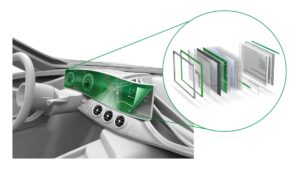
rrosion behavior of a tape could become an issue, depending on the raw materials used.
But a main challenge is the speed in terms of change and adjustment of both, technical requirements/specifications and the design and layout of the components. Taking thermal management as an example, in the future there won’t be any excess heat from a combustion engine to manage, and thus the whole heating or cooling concept of electric vehicles has to be redesigned including the layout for heated surfaces like armrests and door panels, for example.
AI: What are some of the features of recent products such as Dupl
oCOLL®
HCR which have been launched with a strong emphasis on the automotive sector?
AI: How far have the automotive OEMs been involved?
Herzhoff: The heat and chemical resistance of DuploCOLL® HCR meets today’s requirements. Taking a closer look at electrical components
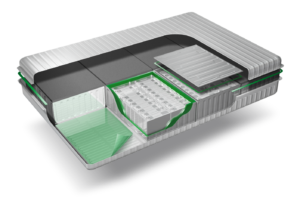
one will find that heat is often a by-product of power transmission.
In the past the upper temperature limit for automotive interior applications, including electrical components, was just 80°C.
Recently, there has been a move to 85°C for electrical components. In some cases, this rises to 105°C, or with components such as cameras, as high as 120°C and even 125°C.
For “classic” interior applications which are not electrical, temperature requirements still are not all that high. These trends make the testing procedures and long-term requirements for bonding solutions more and more demanding.
Regarding the development process, we are aiming for, and appreciate, a close alignment with our customers (OEMs as well as automotive Tier suppliers) during the whole project. This will enable and ensure a quick and valued feedback on the performance of the emerging product and thus will speed up the development process.


 DNV and applied risk join forces to create industrial cyber security powerhouse
DNV and applied risk join forces to create industrial cyber security powerhouse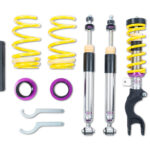 In damping forces adjustable suspension for electric Tesla SUV
In damping forces adjustable suspension for electric Tesla SUV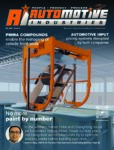 Fidia Automotive Engineering Systems - No more paint by number
Fidia Automotive Engineering Systems - No more paint by number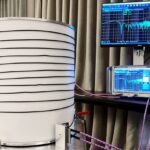 Rohde & Schwarz empowers Allion labs to offer Automotive Ethernet testing according to the OPEN Alliance TC9
Rohde & Schwarz empowers Allion labs to offer Automotive Ethernet testing according to the OPEN Alliance TC9



